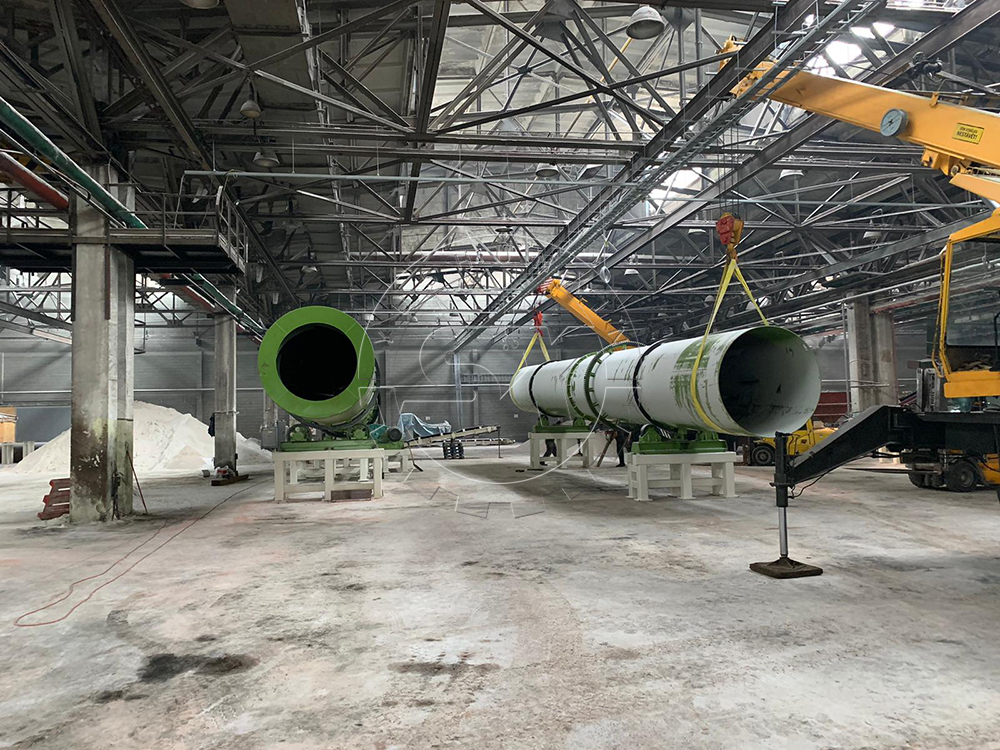How to produce granular fertilizer from cow waste?
Materials and Equipment Needed
Cow manure (fresh or aged)
Straw or other carbon-rich materials
Composting machine
Granular fertilizer production line
Steps:
Preparation
Collect cow manure from your livestock or a local farm. You can use fresh manure, but aged manure is generally better for composting to reduce the risk of pathogens and improve the composting process.
Collect carbon-rich materials like straw, leaves, or sawdust. These materials help balance the compost and provide the necessary carbon-to-nitrogen ratio.

Build the Composting Pile
Choose a well-draining site for your compost pile. Ensure good airflow to facilitate the composting process.
Start by creating a layer of carbon-rich material as the base, around 6-8 inches deep.
Add a layer of cow manure on top of the carbon-rich material, about 4-6 inches deep.
Continue alternating layers of manure and carbon-rich material until the pile is at least 3 feet high.
Composting Process
Turn the compost pile regularly using a compost turner to aerate it. Aeration helps accelerate decomposition.
Monitor the temperature of the compost pile. The ideal temperature range for composting is 54-71°C. If the temperature gets too high, turn the pile to cool it down. If it’s too low, add more nitrogen-rich materials like manure.
Keep the compost pile moist but not waterlogged. Water helps maintain the right conditions for microbial activity.
Granulation
Once the compost is fully matured, you can granulate it to produce granular fertilizer. This step involves breaking down the compost into smaller granules suitable for application.
Use a granulation machine to form the compost into granules of the desired size.
Drying and Storage
Dry the granulated fertilizer to reduce moisture content. This can be done by spreading the granules in a well-ventilated area or using a drying machine if available.
Store the dried granular fertilizer in a cool, dry place in airtight containers or bags. Label the containers with the fertilizer type and production date.


